Wednesday, 25 June 2014
Tuesday, 24 June 2014
mexican border wars
 The Border War,or the Mexico has experienced many changes in territorial organization during its history as an independent state.
The Border War,or the Mexico has experienced many changes in territorial organization during its history as an independent state.  The territorial boundaries of Mexico were affected by presidential and imperial decrees. One such decree was the Law of Bases for the Convocation of the Constituent Congress to the Constitutive Act of the Mexican Federation, which
The territorial boundaries of Mexico were affected by presidential and imperial decrees. One such decree was the Law of Bases for the Convocation of the Constituent Congress to the Constitutive Act of the Mexican Federation, which the Captaincy General of Guatemala and the autonomous Kingdoms of East and West. The decree resulted in the independence from Spain.The historical roots of today's Texas Ranger Division trace back to the first days of Anglo-American settlement of what is today the State of Texas, when it was part of the Province of Coahuila y Tejas belonging to the newly independent country of Mexico. The unique characteristics that the Rangers adopted during the force's formative years and that give the division its heritage today—characteristics for which the Texas Rangers would become world renowned—have been accounted for by the nature of the Rangers' duties. Which was to protect a thinly populated frontier against protracted hostilities, first with Plains Indian tribes, and after the Texas Revolution, hostilities with Mexico.
the Captaincy General of Guatemala and the autonomous Kingdoms of East and West. The decree resulted in the independence from Spain.The historical roots of today's Texas Ranger Division trace back to the first days of Anglo-American settlement of what is today the State of Texas, when it was part of the Province of Coahuila y Tejas belonging to the newly independent country of Mexico. The unique characteristics that the Rangers adopted during the force's formative years and that give the division its heritage today—characteristics for which the Texas Rangers would become world renowned—have been accounted for by the nature of the Rangers' duties. Which was to protect a thinly populated frontier against protracted hostilities, first with Plains Indian tribes, and after the Texas Revolution, hostilities with Mexico.
Texas historian T.R. Fehrenbach has written regarding the Rangers' uniqueness:
- The Rangers were to be described many times, at first as state troops, later as a police force or constabulary. During most of the 19th century they were neither. They were apart from the regular army, the militia or national guard, and were never a true police force. They were instead one of the most colorful, efficient, and deadly band of irregular partisans on the side of law and order the world has seen. They were called into being by the needs of a war frontier, by a society that could not afford a regular army. Texans passed in and out of the Rangers regularly; in the early years a very high proportion of all west Texans served from time to time. If they bore certain similarities to Mamelukesand Cossacks, they were never quite the same

In their early days, Rangers performed tasks of protecting the Texas Frontier against Indian attacks on the settlers. During the Texas Revolution, they served mainly as scouts, spies, couriers, and guides for the settlers fleeing before the Mexican Army and performed rear guard during the Runaway Scrape and general support duties. These minor roles continued after independence, when the region became the Republic of Texas under President Sam Houston. Houston, who had lived with the Cherokee 

for many years (and who had taken a Cherokee wife), favored peaceful coexistence with Indians, a policy that left little space for a force with the Rangers' characteristics.
This situation changed radically when Mirabeau B. Lamar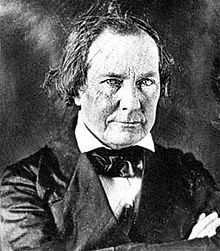

became president of the Republic of Texas in December 1838. Lamar had participated in skirmishes with the Cherokee in his home state of Georgia; like most Texians, he had not forgotten the support the Cherokee had given the Mexicans at the Cordova Rebellion against the Republic. He favored the eradication of Indians in Texas—a view that he shared with Chief Justice of the Supreme Court Thomas Rusk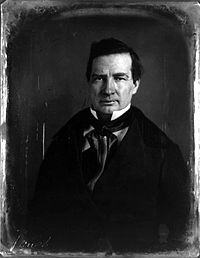

. Lamar saw in the Rangers the perfect tool for the task, and he obtained permission from the Texas Legislature to raise a force of 56 Rangers, along with other volunteer companies. During the following three years, he engaged the Rangers in a war against the Cherokee and the Comanche and succeeded in weakening their territorial control
The scenario changed radically for the Rangers with the state election of 1873. When newly elected Governor Richard Coke took office in January 1874, it marked the end of Reconstruction for the Lone Star State, and he vigorously restored order to Texas in pursuit of improvements to both the economy and security. Once again Indians and Mexican bandits were threatening the frontiers, and once again the Rangers were tasked with solving the problem. That same year, the state legislature authorized the
took office in January 1874, it marked the end of Reconstruction for the Lone Star State, and he vigorously restored order to Texas in pursuit of improvements to both the economy and security. Once again Indians and Mexican bandits were threatening the frontiers, and once again the Rangers were tasked with solving the problem. That same year, the state legislature authorized the 
 took office in January 1874, it marked the end of Reconstruction for the Lone Star State, and he vigorously restored order to Texas in pursuit of improvements to both the economy and security. Once again Indians and Mexican bandits were threatening the frontiers, and once again the Rangers were tasked with solving the problem. That same year, the state legislature authorized the
took office in January 1874, it marked the end of Reconstruction for the Lone Star State, and he vigorously restored order to Texas in pursuit of improvements to both the economy and security. Once again Indians and Mexican bandits were threatening the frontiers, and once again the Rangers were tasked with solving the problem. That same year, the state legislature authorized the
recommissioning of the Rangers and a special force was created within its aegis: the Frontier Battalion, consisting of six companies of 75 men each under the command of Major John B. Jones.

This group played a major role in the control of ordinary lawbreakers as well as the defense against hostile Indian tribes, which was particularly necessary in the period of lawlessness and social collapse of the Reconstruction.
The Frontier Battalion was soon augmented with the Special Force, a second military group of 40 men under Captain Leander H. McNelly,

with the specific task of bringing order in the area of south Texas between the Nueces River and the Rio Grande,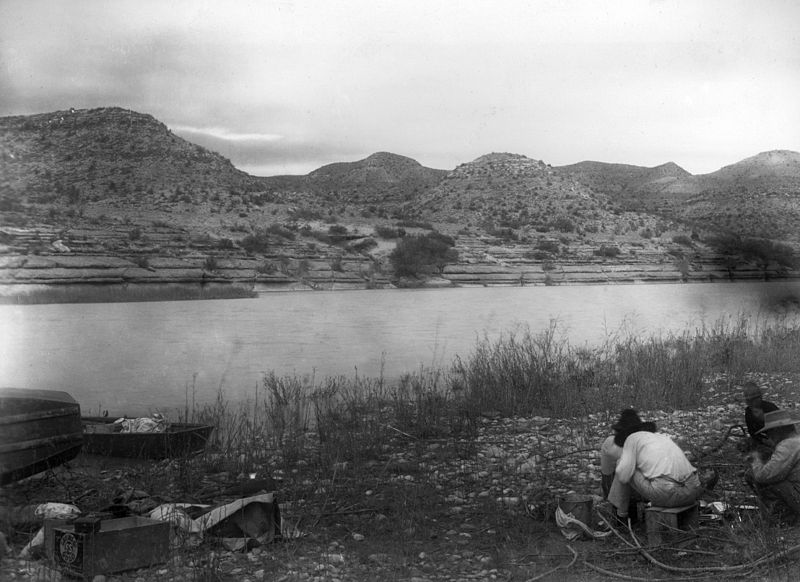

called the Nueces Strip. 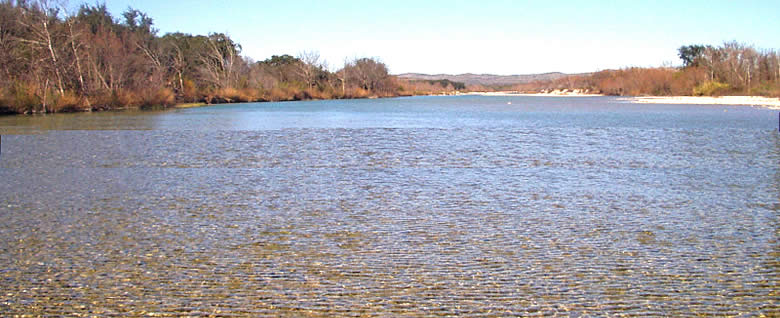

At this particular region, the general situation of lawlessness was aggravated by the proximity of Texas to Mexico and the conflict between agrarian and cattle interests. Raids along the frontier were common, and not only perpetrated by ordinary bandits but also promoted by local Mexicancaudillos.

In particular, Juan Cortina's men were again conducting periodic guerrilla operations against local ranchers. In the following two years, McNelly and his group energetically engaged these threats and virtually eradicated them.A second sergeant of J. R. Waller's Company "A" was Dallas Stoudenmire,

later El Paso Police Chief and Deputy U.S. Marshal.
At the beginning of the 20th century, Texas's frontiers had become more settled, thus rendering the 1874 legislation obsolete after the organization had existed as a quasi-military force for more than 25 years. Amidst serious legal troubles that questioned the authority of the Rangers to exert such a role, new resolutions appropriate to the current times were adopted. The Frontier Battalion was disbanded with the passing of new legislation on July 8, 1901, and a new Ranger force was created, consisting of four companies of "no more than 20 men each" with a captain in command of every unit. The Rangers had evolved into an agency with an exclusive law enforcement focus.
The Mexican Revolution that began in 1910 against President Porfirio Díaz 

changed the relatively peaceful state of affairs along the border. Soon after, violence on both sides of the frontier escalated as bands of Mexicans took over border towns and began crossing the Rio Grande on a near-daily basis. Taking over trade routes in Mexico by establishing themselves as road agents, 

Mexican banditos turned towards attacking the American communities for kidnapping, extortion, and supplies. As Mexican law enforcement disintegrated with the collapse of the Diaz regime, these gangs grouped themselves under the various caudillos on both sides of the border and took sides in the civil war, most simply to take advantage of the turmoil to loot Then, as the lack of American military forces for defending the border became clearer, the scope of the activities soon turned to outright genocide with the intention of driving Americans out of the Southwest entirely; this became known as the Plan de San Diego in 1915. In several well-rehearsed attacks, Mexicans rose up and in conjunction with raiding Villista 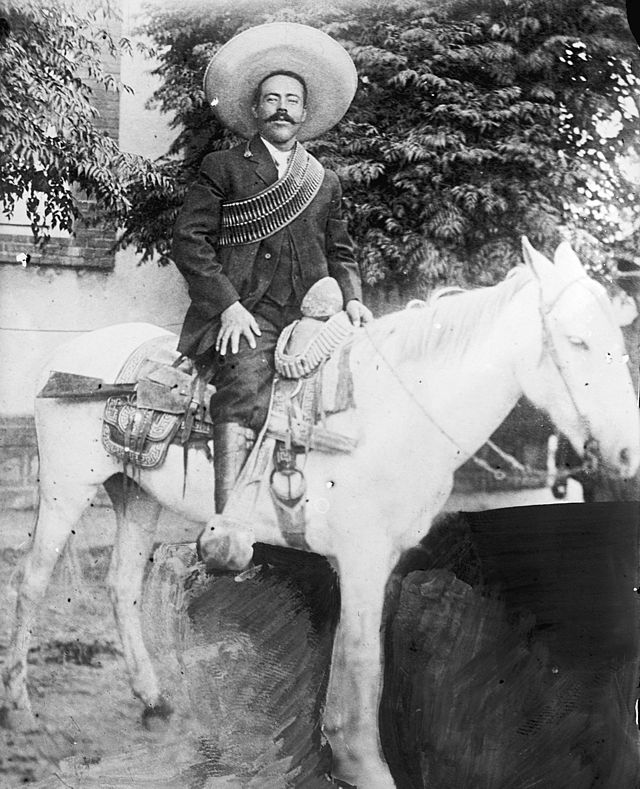

guerrillas, within weeks had killed over 500 Texan women, children, and men.[20]
The political decision of the Texans was to restore control and order by any necessary means. As Governor Oscar Branch Colquitt 

instructed Ranger Captain John R. Hughes, "...you and your men are to keep Mexican raiders off of Texas territory if possible, and if they invade the State let them understand they do so at the risk of their lives." Hundreds of new special Rangers were appointed by order of the state, which neglected to carefully screen aspiring members. Rather than conduct themselves as law enforcement officers, many of these groups acted more like vigilante squads. Reports of Rangers abusing their authority and breaking the law themselves increased.The situation grew even more dramatic when on March 9, 1916, Pancho Villa led 500 Mexican raiders in a cross-border attack against Columbus, New

Mexico, increasing the high tension that had already existed between the communities. Villa and General Ramon Banda Quesada, in an attack against the town that was garrisoned by a detachment of the 13th Cavalry Regiment (United States),

seized 100 horses and mules, burned the town, killed 14 soldiers and 10 residents, and took ammunition and weaponry before retreating back into Mexico. Quesada had five men captured and suffered the loss of 80 dead or mortally wounded, mostly from the U.S. machine gun emplacements.
The final straw was the killing of innocent villagers, wrongly accused of raiding the Brite Ranch Store on Christmas Day in 1917. In January 1918 a heavily armed group of Texas Rangers, ranchmen and members a troop of U.S. Cavalry descended upon the tiny community of Porvenir, Texas on the Mexican border in western Presidio County. The Rangers and company rounded up the inhabitants of the village and searched their homes. They then proceeded to gather all the men in Provenir (fifteen Mexican men and boys ranging in age from 16 to 72 years) and march them off into the darkness. A short distance from Porvenir, the men were lined up against a rock bluff and shot to death. In January 1919, the Porvenir massacre came under the scrutiny of the Texas House and Senate Investigation of the State Ranger Force.
Before the decade was over, thousands of lives were lost, Texans and Mexicans alike. In January 1919, at the initiative of Representative José T. Canales of Brownsville, the Texas Legislature launched a full investigation of Rangers' actions throughout these years. The investigation found that from 300 up to 5,000 people, mostly of Hispanic descent, had been killed by Rangers from 1910 to 1919, and that members of the Rangers had been involved in many acts of brutality and injustice.
These were the most turbulent times in the history of the Rangers, and with the objective of recycling the force's membership, putting it back in tune with its past and restoring the public's trust, the Legislature passed on March 31, 1919, a resolution to purge it and enhance it and its procedures. All special Ranger groups were disbanded; the four official companies were kept, albeit their members were reduced from 20 to 15 each; better payment was offered in order to attract men of higher personal standards; and a method for citizens to articulate complaints against any further misdeeds or abuses was established.
The reforms proved positive, and the new Ranger force eventually regained the status of a respectable agency. Under the command of captains such as Frank Hamer  (who later became famous for leading the party that killed the outlaws Bonnie and Clyde),
(who later became famous for leading the party that killed the outlaws Bonnie and Clyde),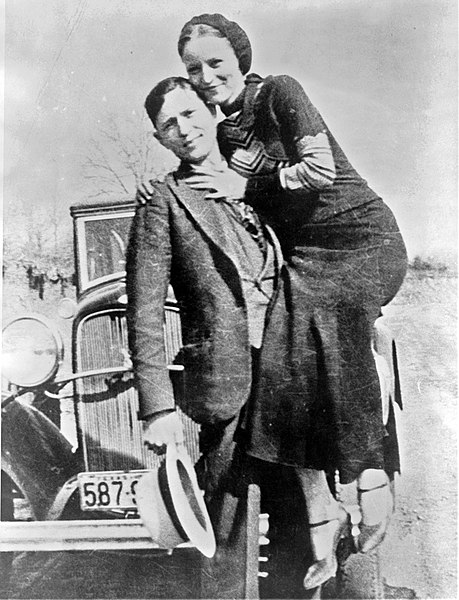 the Rangers displayed remarkable activity in the following years, including the continuous fighting of cattle rustlers, intervening in the violent labor disputes of the time and protecting the citizenry involved in Ku Klux Klan's public displays from violent mob reaction. With the passage of the Volstead Act and the beginning of the Prohibition on January 16, 1920, their duties extended to scouting the border for tequila smugglers and detecting and dismantling the illegal stills that abounded along Texas's territory.
the Rangers displayed remarkable activity in the following years, including the continuous fighting of cattle rustlers, intervening in the violent labor disputes of the time and protecting the citizenry involved in Ku Klux Klan's public displays from violent mob reaction. With the passage of the Volstead Act and the beginning of the Prohibition on January 16, 1920, their duties extended to scouting the border for tequila smugglers and detecting and dismantling the illegal stills that abounded along Texas's territory.
 (who later became famous for leading the party that killed the outlaws Bonnie and Clyde),
(who later became famous for leading the party that killed the outlaws Bonnie and Clyde), the Rangers displayed remarkable activity in the following years, including the continuous fighting of cattle rustlers, intervening in the violent labor disputes of the time and protecting the citizenry involved in Ku Klux Klan's public displays from violent mob reaction. With the passage of the Volstead Act and the beginning of the Prohibition on January 16, 1920, their duties extended to scouting the border for tequila smugglers and detecting and dismantling the illegal stills that abounded along Texas's territory.
the Rangers displayed remarkable activity in the following years, including the continuous fighting of cattle rustlers, intervening in the violent labor disputes of the time and protecting the citizenry involved in Ku Klux Klan's public displays from violent mob reaction. With the passage of the Volstead Act and the beginning of the Prohibition on January 16, 1920, their duties extended to scouting the border for tequila smugglers and detecting and dismantling the illegal stills that abounded along Texas's territory.
One of the Rangers' highest-profile interventions during this period was taming Texas's oil boomtowns (beginning with Spindletop's discovery in 1901), which had developed into lawless territories. During the 1920s, martial law was decreed on several of these towns, such as Mexia 

A thorough-going clean-up was put underway. The liquor traffic was broken up, many stills being seized and destroyed, and several thousand gallons of whiskey being captured and poured out. Two hundred and three gambling slot machines were seized and destroyed, and in a period of twenty four hours, no less than twelve hundred prostitutes left the town of Borger
 Conflict was not only subject to Villistas and Americans; Maderistas,Carrancistas, Constitutionalistas and Germans also engaged in battle with American forces during this period. The war was one of the highlights of the Old West era.
Conflict was not only subject to Villistas and Americans; Maderistas,Carrancistas, Constitutionalistas and Germans also engaged in battle with American forces during this period. The war was one of the highlights of the Old West era.
Subscribe to:
Comments (Atom)









